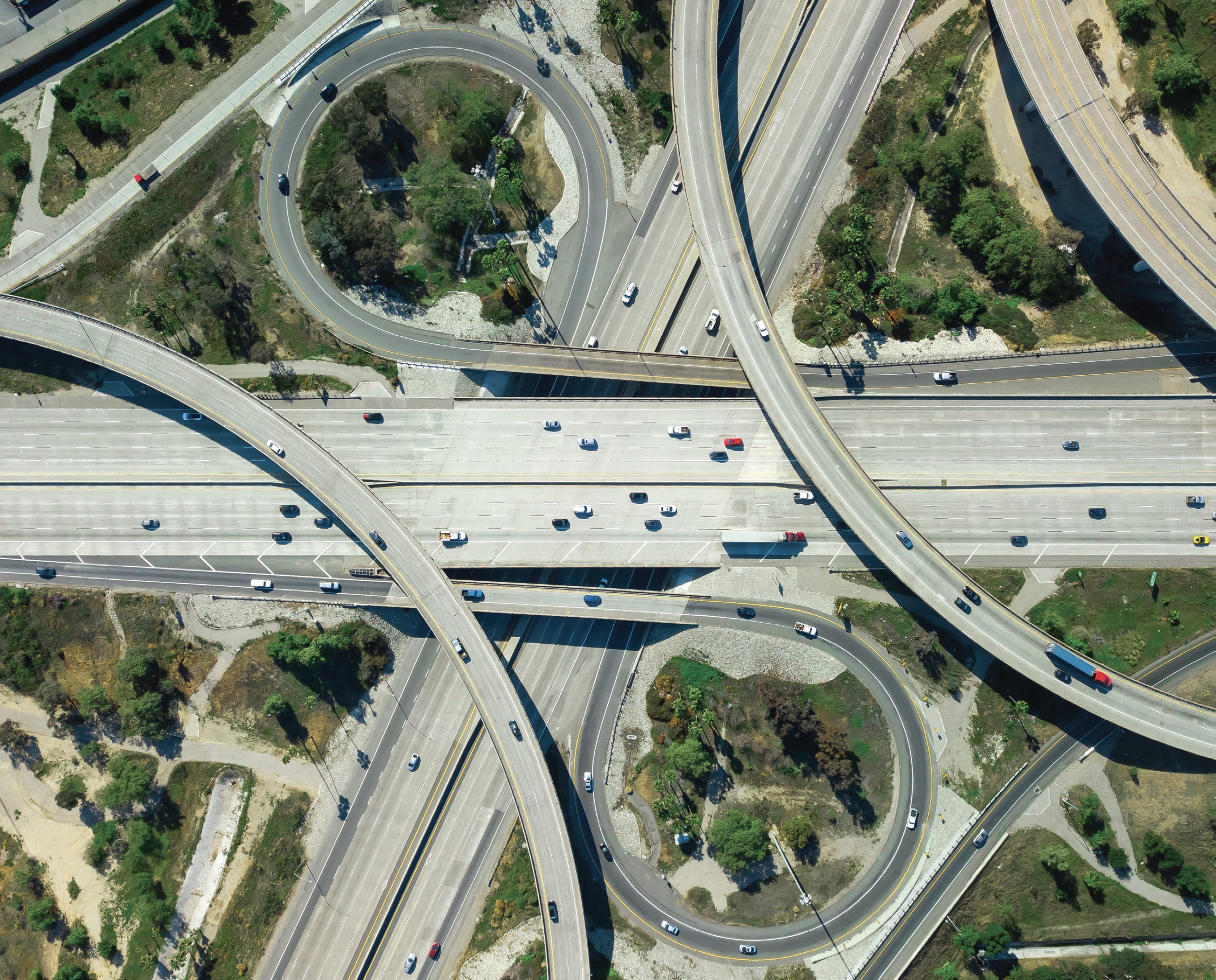Action at the intersections
Dr. Ryan D. Evans, STLE President | TLT President's Report October 2022
Technical intersections created by diversity in people, disciplines and ideas are driving innovation in our field.

The Medici family was a powerhouse in Italy in the 15th century. They made their money initially in textiles but branched into politics and banking over time, gradually becoming one of the wealthiest families in Europe. Okay, so what makes this historical aristocratic group worth mentioning here? The author Frans Johansson wrote a book called “The Medici Effect” (Harvard Business Review Press, 2017) to draw attention to a very special mission of the House of Medici. The family bloodlines were not blessed with artistic or scientific talent as far as we know. They did, however, spend their money to fund artists and scientists—aggressively. They funded the work of Michelangelo, Raphael, Galileo and Leonardo da Vinci when others were reluctant to do so. This helped make Florence, Italy, a hub for arts, scientists and business—contributing directly to the cultural explosion that was the Italian Renaissance and led to western culture as we know it.
The life and work of an artist or scientist can be lonely and unappreciated from a financial perspective. Established business begets more established business, but it is often difficult for pure art or science contributors to enter that same business world. However, when business intersects with art and science in an intentional way, amazing inventions and new business models can result. This was the legacy of the House of Medici, who claimed to have funded the invention of the piano, opera and St. Peter’s Basilica through their investments in the emerging arts and sciences.
This idea of intentionally creating intersections for innovation is the thesis of Johansson’s book. Most simply, intersections occur when two distinct things cross or meet. A visual for this concept is the Venn diagram, where the area between two overlapping circles is highlighted to show some synergistic result from combining the two circles. Intersections in innovation are associations of concepts from one field with concepts from another different field. In chemical kinetics, multibody collisions are rare—but when they happen, the results can be glorious. The same can be true when experts from distinct fields collide with a common purpose. Many of the best inventions that improve our daily lives are the result of innovative intersections. Internal combustion engine vehicles operate at the intersection of mechanics and combustion chemistry. LED lighting works at the intersection between solid-state physics and electronics. Biomimicry as a category includes innovations such as turbine blades, needles and Velcro that operate at the intersection between observed biological phenomena and humankind’s ability to mimic those phenomena in synthetic or engineered ways.
 An example of biomimicry, the invention of Velcro was inspired by burrs, from a burdock plant.
An example of biomimicry, the invention of Velcro was inspired by burrs, from a burdock plant.
Our field of tribology and lubrication engineering is inherently full of technical intersections. Perhaps one of the most difficult-to-model intersections is mixed lubrication, where the interplay between mechanics and chemistry at the nanometer scale create sometimes puzzling macroscopic friction and wear behavior. Lubricant formulation is subject to intersections between chemical considerations (such as solubility and toxicity) and materials considerations (chemical reactions with surfaces) and mechanical considerations (mechanical activation of lubricant additives). I was enthralled by 2022 STLE International Award winner Dr. Nicholas Spencer’s plenary talk at the 2022 World Tribology Congress in July in Lyon, France, on polymer engineering techniques to create cartilage-inspired lubrication via biomimicry. Technical intersections created by diversity in people, disciplines and ideas are driving innovation in our field.
The STLE community contains many intersections of people and talent. As an associate of The Timken Co., the tribological hardware subcommunities within STLE are always my core people and strongest network of colleagues. I have been working to expand that circle over the past decade or so, mostly by intentionally volunteering and intersecting within other STLE subcommunities. STLE is very diverse if you take a step back and look at it. Whereas other technical societies like the American Association of Neurological Surgeons is a group of mostly neurosurgeons (and trainees), the STLE community consists of professors, students, industry R&D associates, industry engineers, lubricant technicians, consultants, salespeople, marketing experts and senior executives. STLE embraces diversity and inclusion amongst its members and stakeholders and believes this is required to fulfill our “connect-learn-achieve” value proposition. STLE membership, leadership and staff consist of people with diverse ages, genders, ethnicities, races, countries, LGBTQIA+ communities, educational levels and so on. The ratios of representation amongst each of these groups within STLE largely reflect those of our broader tribology and lubrication engineering field. However, STLE believes that diversity and inclusion is one of our core strengths and will continue to welcome as many people into our community as possible. If you have not seen it yet, please check out STLE’s Statement on Diversity and Inclusion under the Policy & Procedures tab at
www.stle.org. Please also keep an eye out for more frequent reminders about the inclusive and respectful STLE community we seek to have in future communications and meetings. By intentionally creating intersections in technology and within the STLE community itself, might we spark a new “Tribology Renaissance?” That would be awesome, and I am excited to be a part of the action at the intersections.
Dr. Ryan Evans is director of R&D at The Timken Co. in North Canton, Ohio. You can reach him at ryan.evans@timken.com.